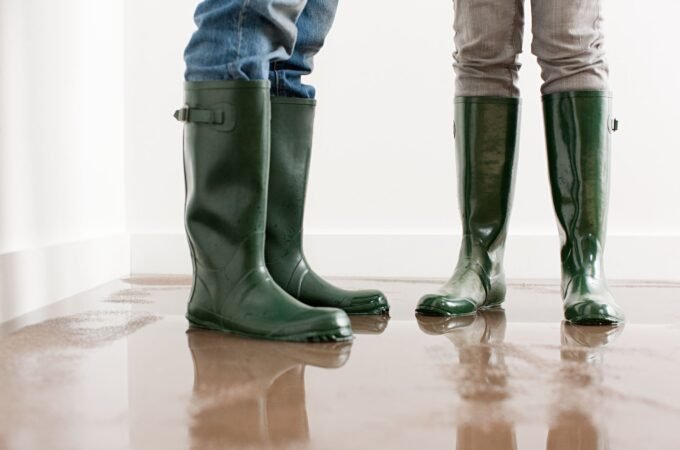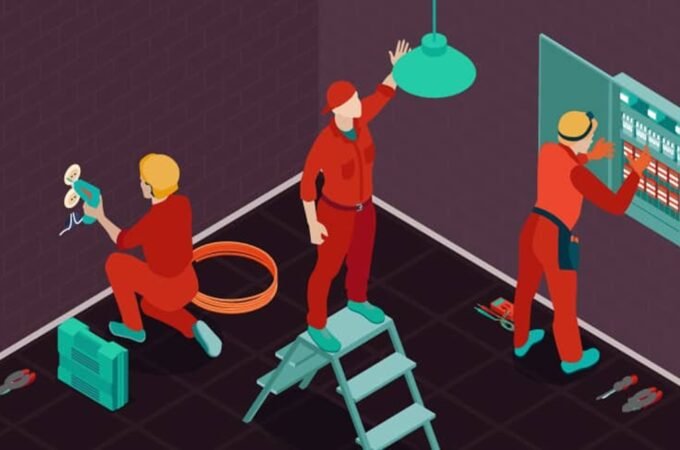
4 Essential Garage Door Safety Tips Every Homeowner Should Know
If you are like most homeowners, you probably don’t think about garage door maintenance until it starts malfunctioning. You open them with a push of a button, park your car and close them. Simple as that. But the mechanism allowing your garage door to open and close easily is prone to wear and tear, as it consists of many synchronized components working to make that happen.
More than 70% of times homeowners enter their home through the garage, which tends to put a strain on the mechanism. But apart from the trouble a malfunctioning door can give you as you’re rushing out to work in the morning, a broken garage door can be very dangerous. If not properly maintained, the springs holding the door may snap, sending the garage door straight into your car or even worse, a family member.
To make sure that doesn’t happen, we are going to share a couple of crucial garage door safety tips every homeowner should know.
Table of Contents
ToggleProvide Frequent Maintenance
In order to keep you garage door working for years to come, you need to maintain the door regularly and not just when something breaks down or starts making weird sound. You should keep all the moving parts of the mechanism like the rollers lubricated. While you can handle most of the maintenance tasks on your own, you should schedule an annual garage door checkup, so that an experienced technician can find and prevent any future problems.
Check the Balance
To do this, close the door and pull the release mechanism so you can move the garage door manually. If you can lift the garage door easily and keep it open around three feet from the floor level, they are well balanced. If not, the garage door is probably not sitting well on the track or the spring is not properly loaded.
Check the Safety Reverse Mechanism
All garage doors manufactured since 1993 in the US must have a safety reverse feature with a safety mechanism like infrared sensors. These sensors are installed on either side of the garage door, no taller than six inches above the ground. If the link between them is broken, meaning if something stands between the sensors the door will automatically reverse. If you garage door opener does not have this feature, you should consider replacing your garage door opener with a newer model.
Prepare for Different Weather Conditions
The seasons can also take a heavy toll on your garage door. From intense fall winds and storms to summer heat, your garage door withstands a lot of damage. In severe weather conditions there’s always a chance of a power outage, which is why your garage door has to be equipped with a backup power supply that will keep them running even if the power is out. You should inspect your garage door opening mechanism each season to make sure the previous season did not damage any of the components.





